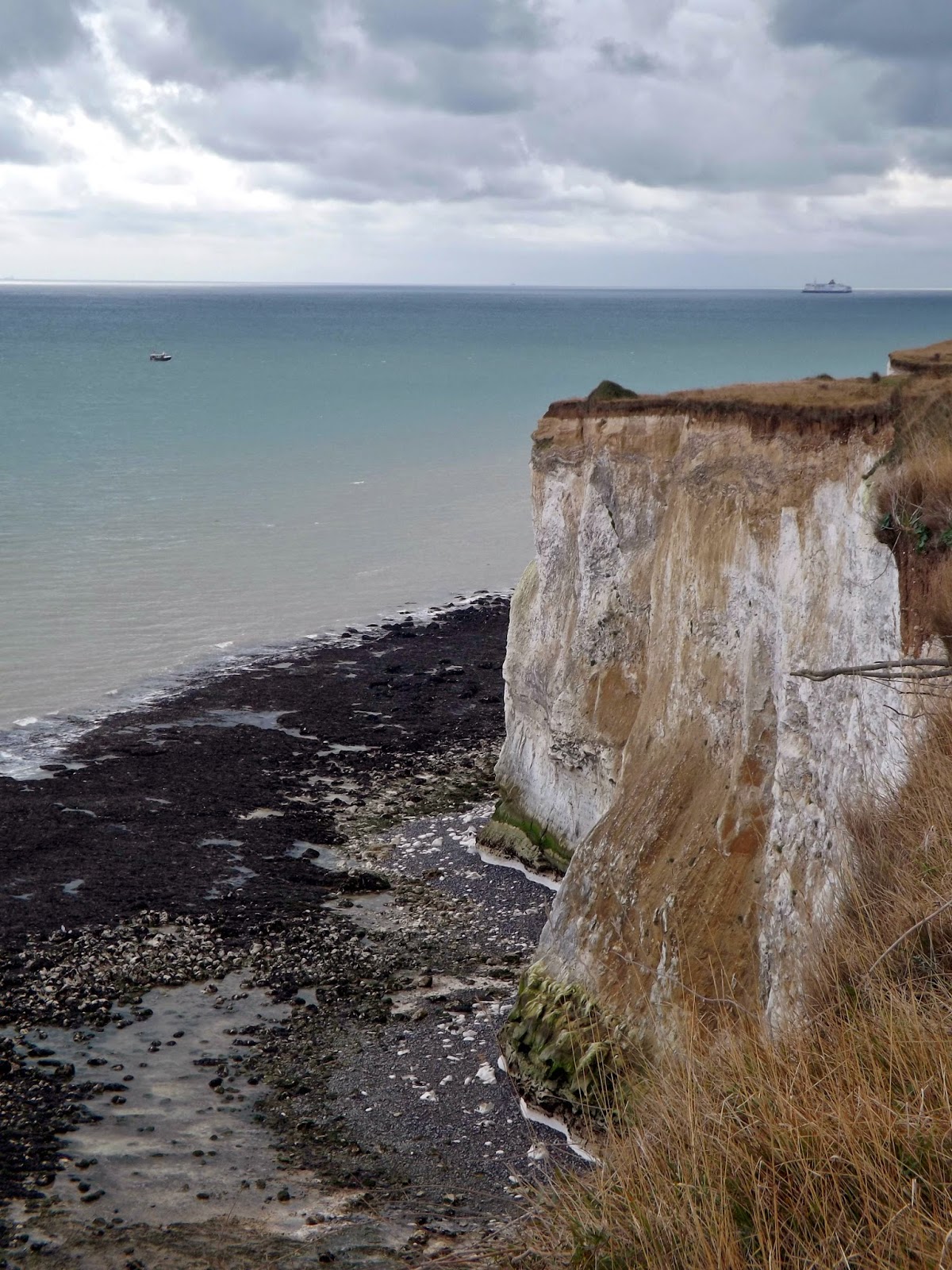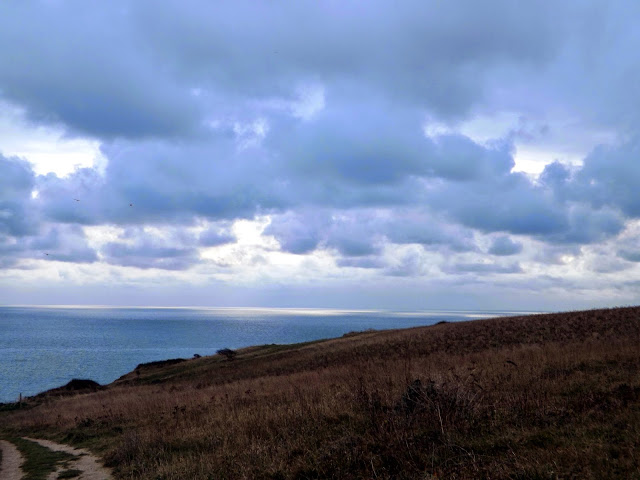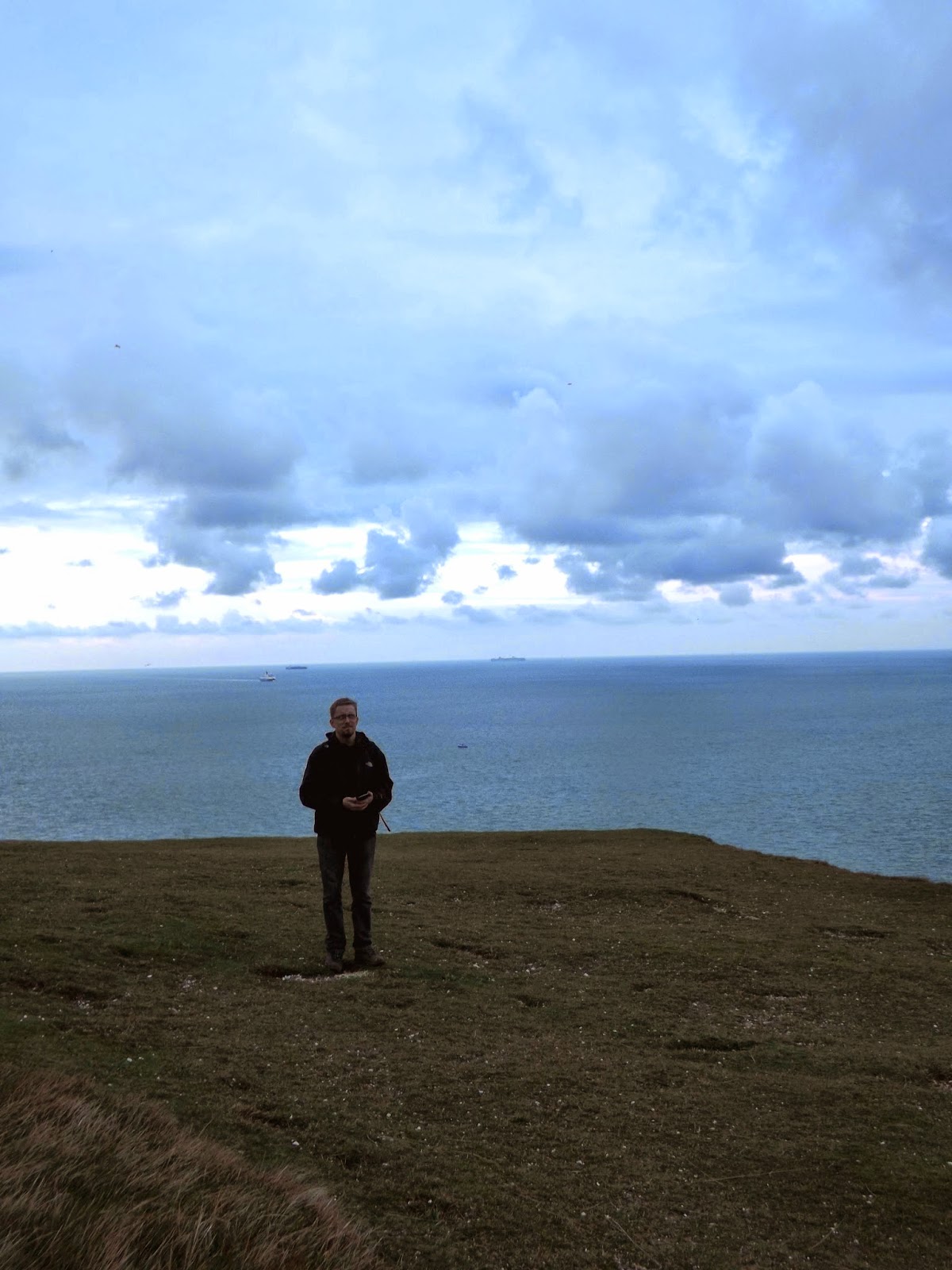Blackmore is a medieval village in Essex, England. It is located approximately 3 miles (5 km) east of Chipping Ongar and is 4 miles (7 km) north of Brentwood.
The village was recorded in the Domesday Book as 'Phingaria' which was a Latinised form of its original Anglo-Saxon name, Fingreth, meaning 'the stream of the people of Fin'. It is thought that the name Blackmore was introduced in the Middle Ages as a reference to 'Black Marsh' or 'Black Swamp'
We crossed the Ingatestone Road and onto St Peters way Footpath. This was a mud bath, with our boots getting heavier with every step as huge clumps of mud stuck to them.
One of the fields we passed was clearly used for shooting, crops left long and ladders high in the trees.
I had to have a go and got a different view from up there, plenty of pheasant and partridge made off as we walked by.
After a long muddy walk in farmland we left this behind and walked onto Beggar Hill in Fryerning.
After a bit of a walk we clearly missed the footpath that was supposed to take us through the wood towards Mill Green.
The road walking was welcome though after so much mud, at the end of Beggar Hill we turn left onto Mill Green Road.
 |
| Water Tower |
 |
| The Cricketers at Fryerning is a 19th century Grays house |
 |
| The Viper PH |
. We left The Viper and headed into the Stoneymore Wood,Writtle Forest behind it. With no clear path we made our way over uneven ground and through some more mud before emerging again onto Beggar Hill.
We started to walk towards Monk and Barrows Farm but we became aware we were walking the wrong way, a barking dog running towards us confirmed this! We took another path back on St Peters Way that lead us back onto Beggar Hill .
We stuck to the roads to avoid the horrible mud and eventually arrived back at Blackmore after a 7 mile walk for Tea and Cake at Blackmore Tea Rooms before heading home















































































































